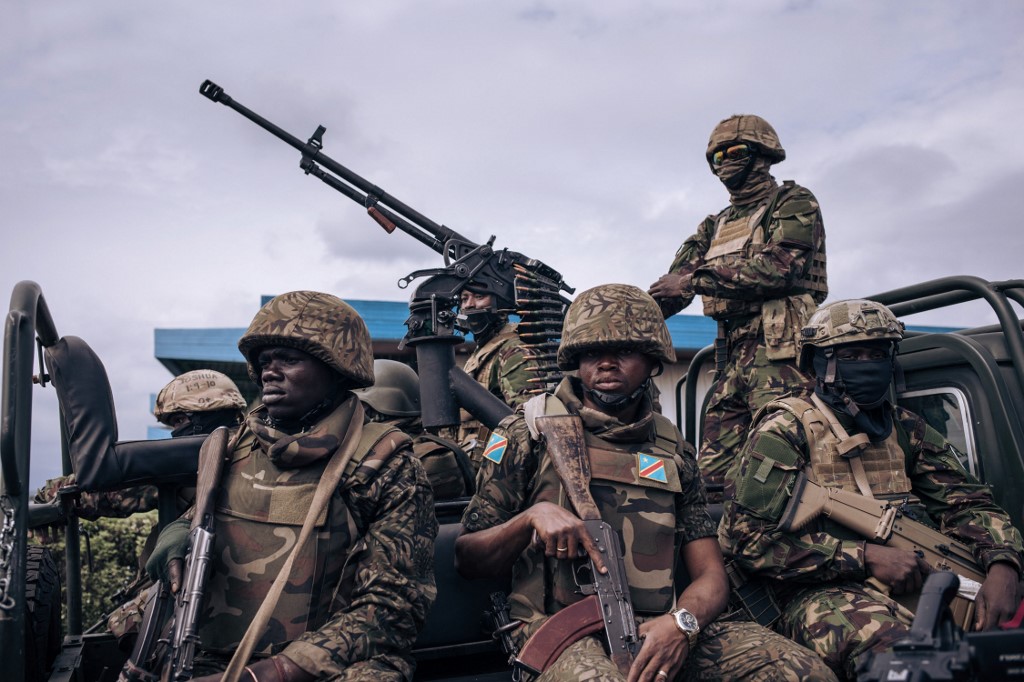
Fighting with heavy weapons erupted between government forces and M23 insurgents in eastern DR Congo on Thursday, shaking a five-day-old truce, security sources and rebels said.
The ceasefire took effect in North Kivu province at the weekend following a summit between DR Congo and its neighbour Rwanda.
It was to have been followed by a rebel pullout from captured territory, a withdrawal that has yet to take place.
The sources said fighting resumed Thursday at Kirima, about 10 kilometres (six miles) from the town of Kibirizi.
“Fighting resumed this morning between the FARDC and the M23,” said Paul Lutibahwa, head of civil society groups for the Bambo region. The FARDC stands for the armed forces of the Democratic Republic of Congo (DRC).
“The rebels have crossed the bridge, heading for Kibirizi… there’s panic,” he said.
Juson Kaniki, a representative of civil groups in Kibirizi, confirmed that “people are starting to flee” in fear of the rebels’ arrival.
A security official, speaking on condition of anonymity, accused the M23 of having breached the ceasefire and “carrying on looting and fighting.”
A DRC army officer, who also asked not to be identified, said, “The fighting is heavy — we are using heavy artillery.”
The M23’s military spokesman, Willy Ngoma, contacted by AFP, confirmed that there was fighting with the army.
– Resurgent force –
The March 23 movement, or M23, is a predominantly Congolese Tutsi rebel group that was dormant for years.
It took up arms again at the end of last year and seized the town of Bunagana on the border with Uganda in June.
After a brief period of calm, it went on the offensive again in October, greatly extending the territory under its control and advancing towards the city of Goma.
Kinshasa accuses its smaller neighbour Rwanda of providing M23 with support, something that UN experts and US officials have also pointed to in recent months.
Kigali disputes the charge, and in turn accuses Kinshasa of collusion with the FDLR — a former Rwandan Hutu rebel group established in the DRC after the genocide of the Tutsi community in 1994 in Rwanda.
Talks between the two countries in the Angolan capital of Luanda unlocked a truce agreement on November 23.
The ceasefire was scheduled to take effect on Friday November 25 at 1600 GMT and be followed by a pullout by the M23 two days later.
Until Thursday’s violence, there had been no fighting between government forces and the M23, although the rebels had clashed with local militia, especially in the Bambo area, where civilian casualties were reported.
Scores of armed groups roam eastern DRC, making it one of Africa’s most violent regions.
Many are legacies of two wars before the turn of the century that sucked in countries from the region and left millions dead.
hbm-ah/at/jhd/ri/jmm
© Agence France-Presse






